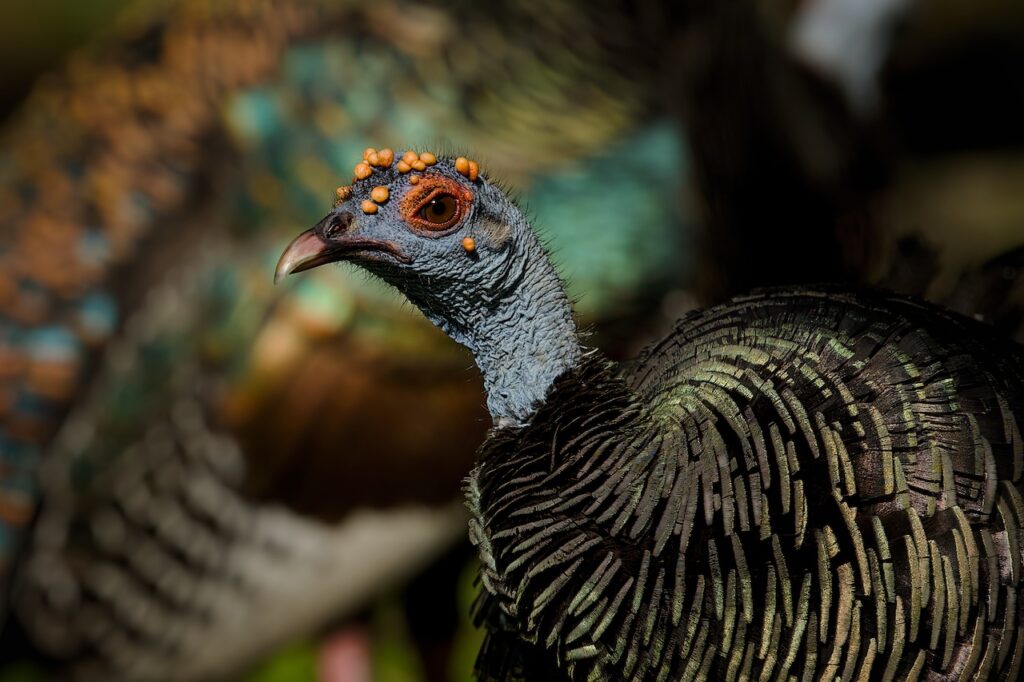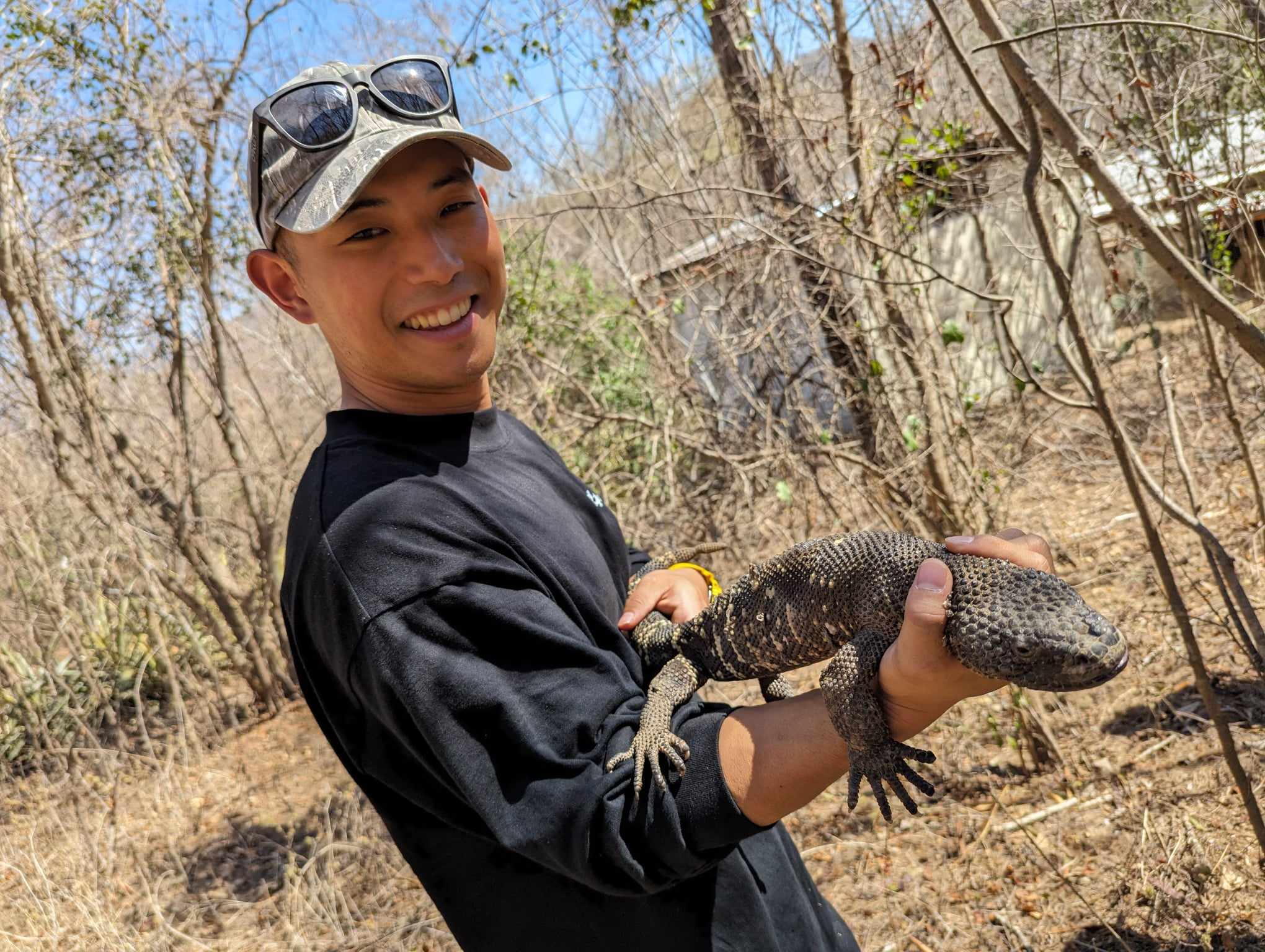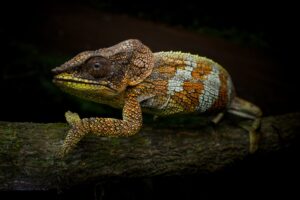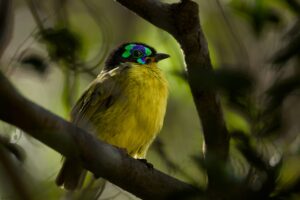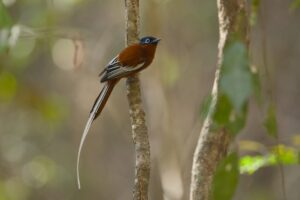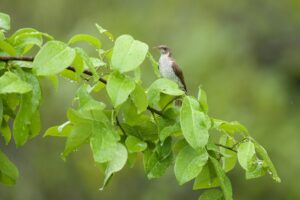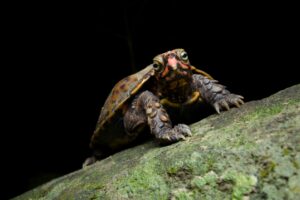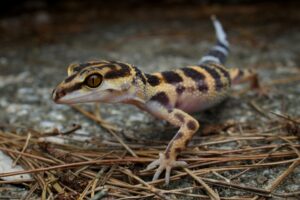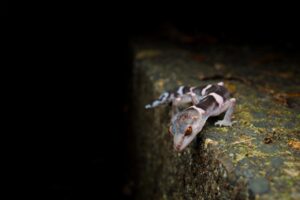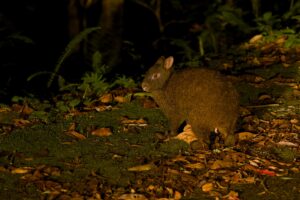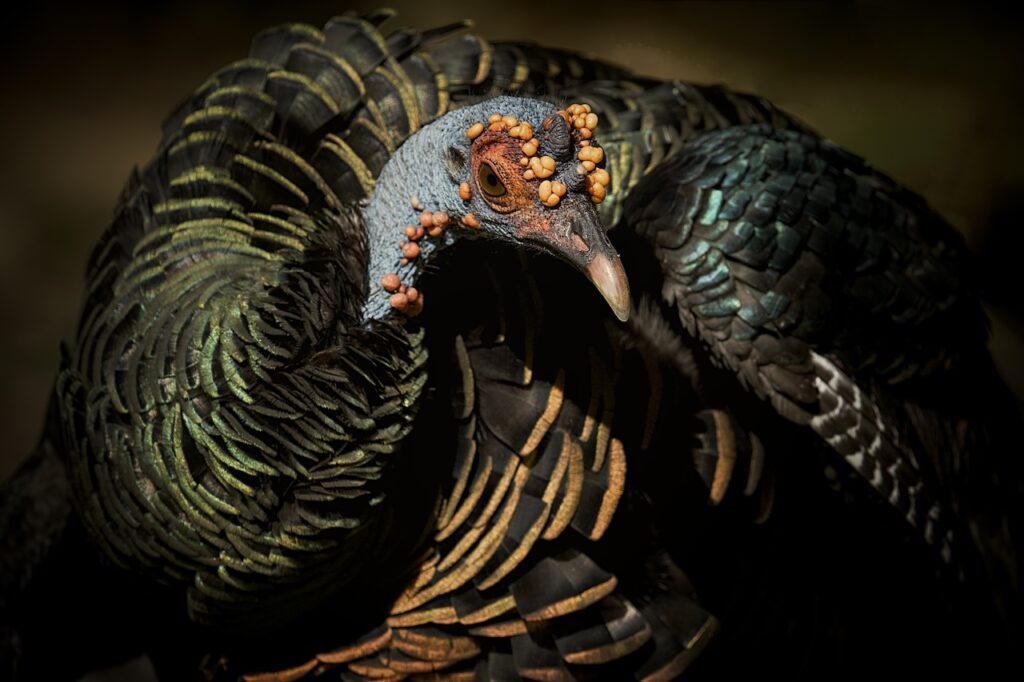
Introduction
The Ocellated Turkey (Meleagris ocellata) is a rare bird species found only in limited regions worldwide. This species is distributed across the Yucatán Peninsula, spanning Mexico, Belize, and Guatemala. Its habitat covers approximately 130,000 km², making it one of the most geographically restricted turkeys. The estimated population is currently between 20,000 and 50,000 individuals, highlighting its rarity and global conservation importance.
The Ocellated Turkey’s most remarkable feature is its vibrant plumage and distinctive facial characteristics. Once seen, it is impossible to forget its stunning appearance, making it one of the most visually striking wild birds. This article provides an in-depth look into the anatomical features and ecological significance of this fascinating species.
Characteristics
Both males and females have iridescent, bronze-green feathers, with males exhibiting more vivid coloration. Male Ocellated Turkeys typically weigh around 4.5 kg (10 lbs) and measure up to 90 cm (3 feet) in length. Females are smaller, weighing approximately 2.7 kg (6 lbs), though they tend to gain weight during the breeding season.
Both sexes possess bluish-gray tail feathers, which feature a well-defined, eye-like blue-bronze spot near the tip, followed by a bright gold border. This unique pattern is the origin of the name “ocellated,” derived from the Latin word oculus, meaning “eye.”
Additionally, both males and females have a blue-colored head and neck adorned with small, wart-like growths that range from orange to red. These features are more pronounced in males, whose heads also have a fleshy blue crown decorated with yellow-orange nodules similar to those on the neck. Adult males, especially during the breeding season, display a distinct red eye-ring, adding to their striking appearance.
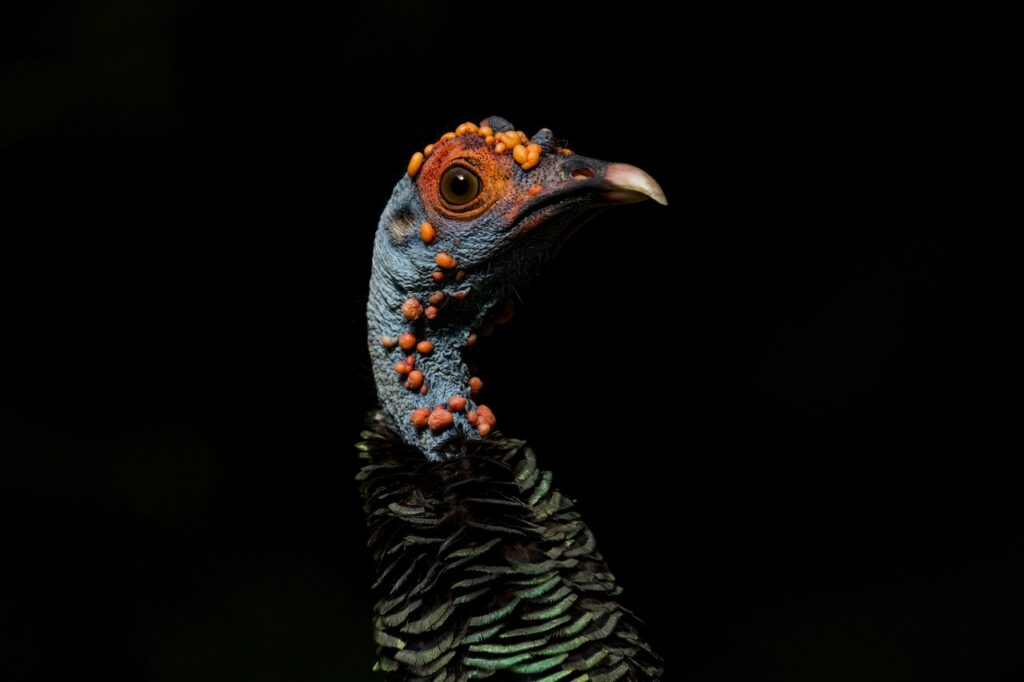
Ecology and Behavior
Ocellated Turkeys primarily inhabit forested areas, particularly lowland tropical forests in southern Mexico and Central America. They are diurnal and spend most of their time foraging on the ground, feeding on seeds, insects, and small invertebrates.
During the breeding season, males perform elaborate courtship displays, spreading their colorful feathers to attract females. They also produce unique vocalizations and distinctive movements to stand out among competitors.
Conclusion
The Ocellated Turkey is an incredibly captivating bird, distinguished by its vivid plumage and unique ecological behaviors. Its habitat and lifestyle continue to be subjects of scientific research, emphasizing its importance in conservation efforts.
Despite being a rare species, spotting the Ocellated Turkey in Guatemala is not particularly difficult. If you have the opportunity, we encourage you to set out on an adventure to observe this extraordinary bird in its natural environment!
